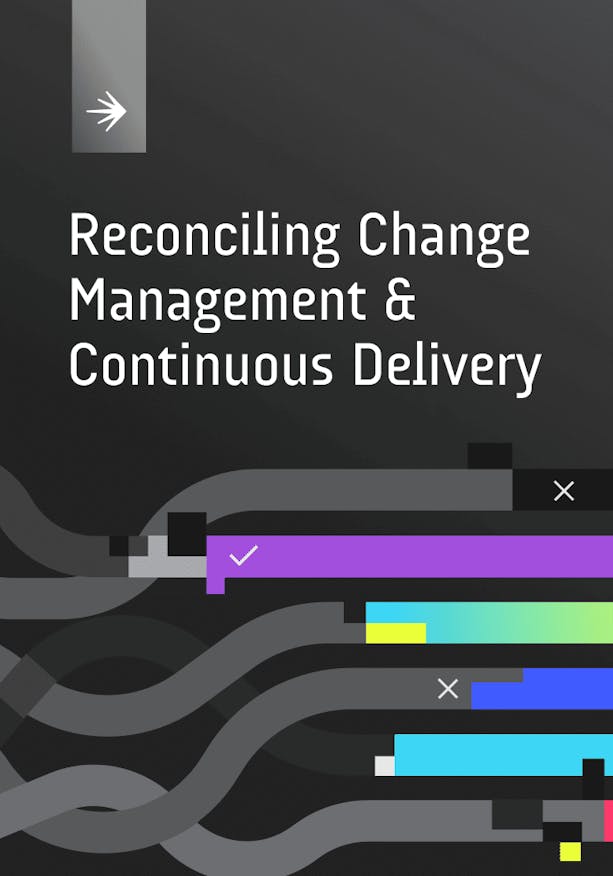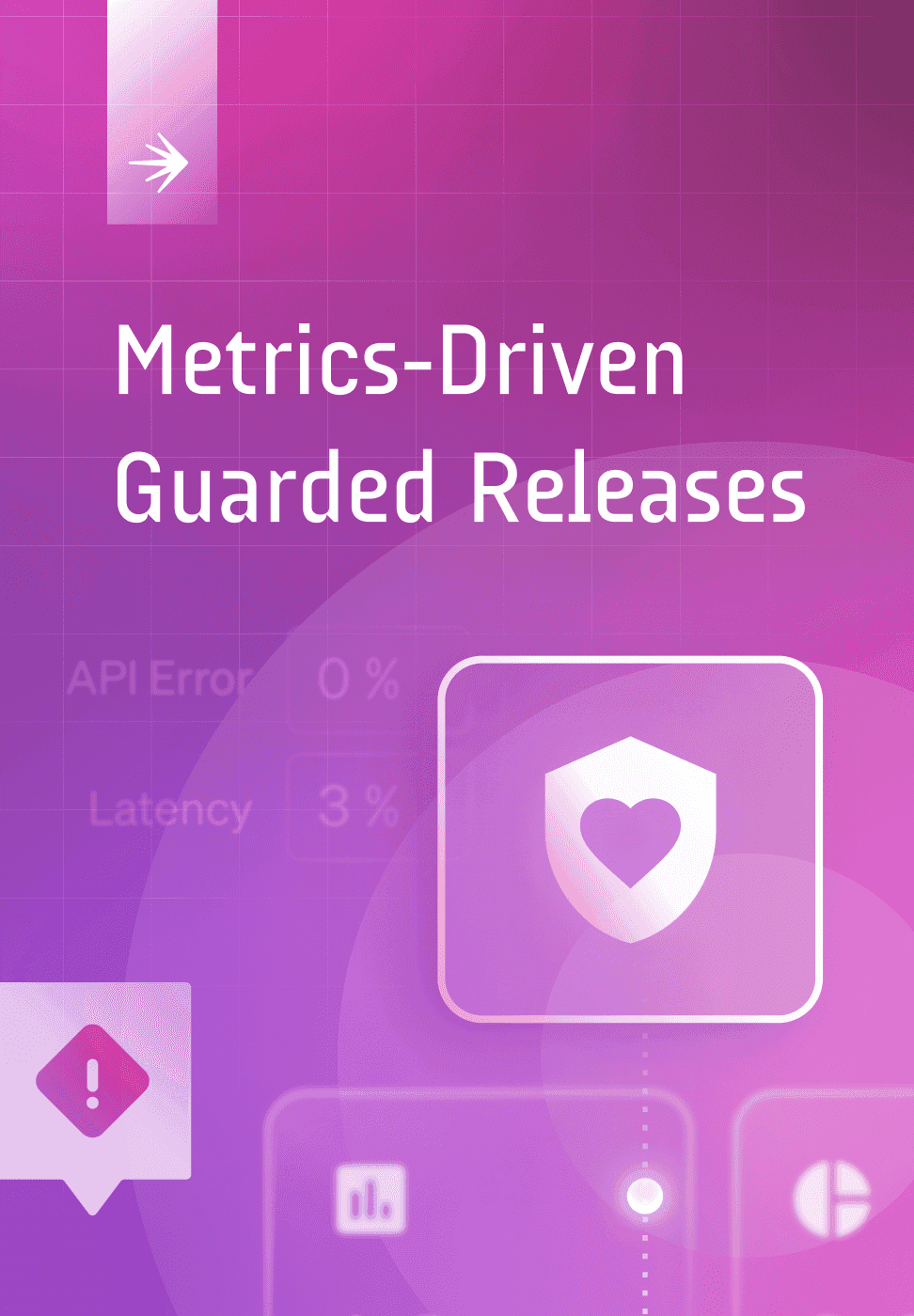Reconciling change management and continuous delivery.
The secret to automating releases, mitigating risk, and maintaining compliance.

The downsides of heavy change management
More often than not, technology leaders, developers, and even IT operators recognize the limitations of change management. Here are a few such drawbacks in the context of software delivery
Change management slows your time-to-market
Every day you build, test, and deploy a feature, you incur overhead. If customers detest or ignore what you’ve built, then you’ve wasted valuable resources on a fruitless endeavor. You’ve also incurred opportunity costs. In the spirit of ITIL 4, we advise shipping small changes, ideally to a production environment, as early and often as you can. By gathering real user feedback over a short interval, you can more rapidly decide whether to iterate on or discard a feature.
Studies show that bureaucratic change approvals are bad for business
In the State of DevOps 2019 Report, DORA authors found that heavyweight change approval processes were associated with worse software delivery and operational (SDO) performance. According to this same research, high SDO performers were twice as likely as low performers to meet or exceed key business targets: profitability, productivity, and customer satisfaction. Not only that, heavy change management was correlated with worse change failure rates. That is, it actually increased risk.
Other researchers have drawn similar conclusions. Forrester, as an example, published a 2020 report based on surveys of hundreds of IT operators and found that “organizations who have taken action to streamline their change process were much more likely to report superior business performance.
Developers generally dislike CABs and RFCs
Development teams often see bureaucratic change management as a chronic frustration. For example, the Director of Enterprise Engineering at a Fortune 500 financial services company, a LaunchDarkly customer, expressed the following in an interview:
Change management is a big burden on our digital product owners and developers. No one likes it.
If your most talented developers endure inefficient processes long enough, their passion and productivity will wane. Many will leave. Failure to attract and retain talent puts your business at risk.
Guides & Ebooks
See allSign up for our newsletter
Get tips and best practices on feature management, developing great AI apps, running smart experiments, and more.












